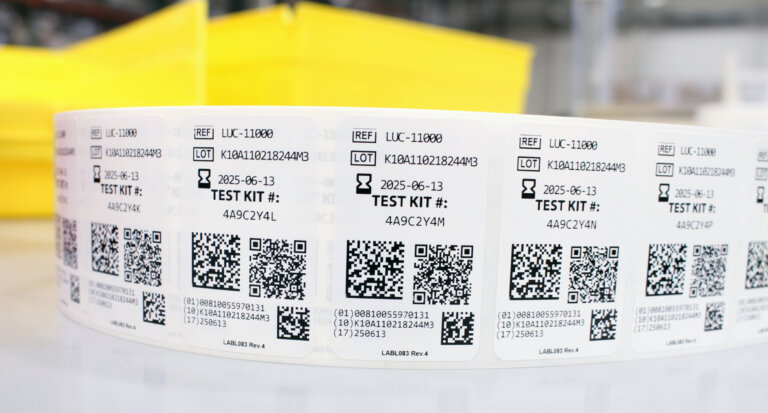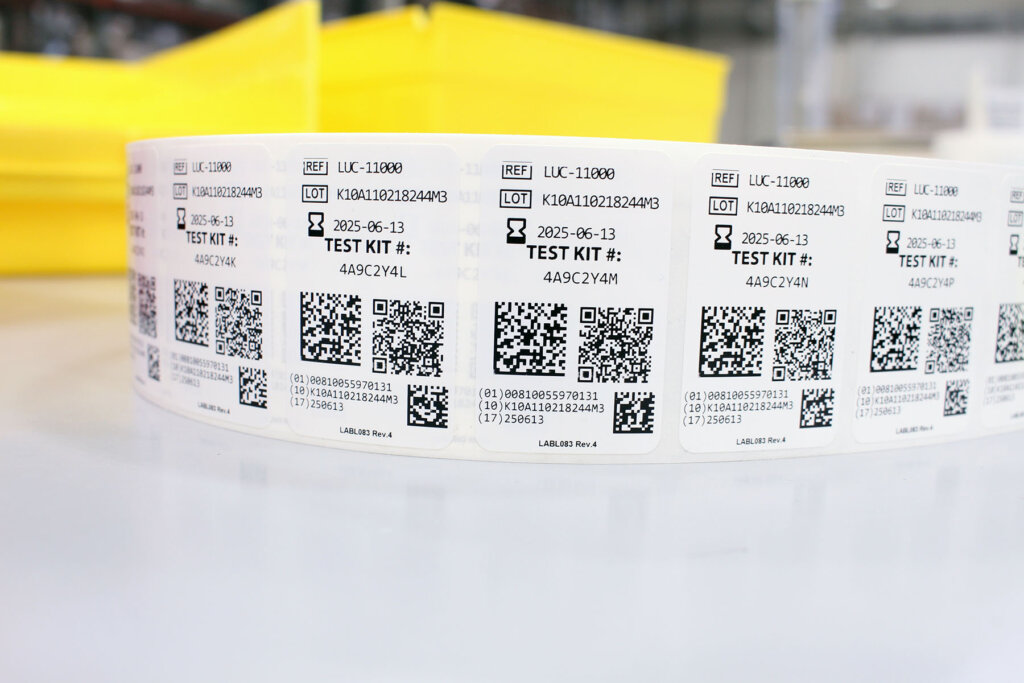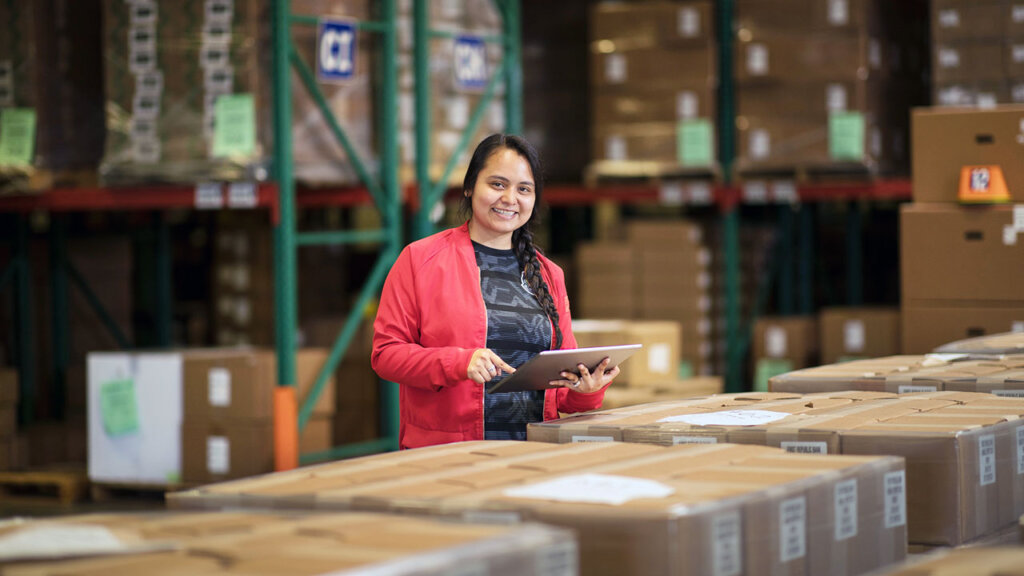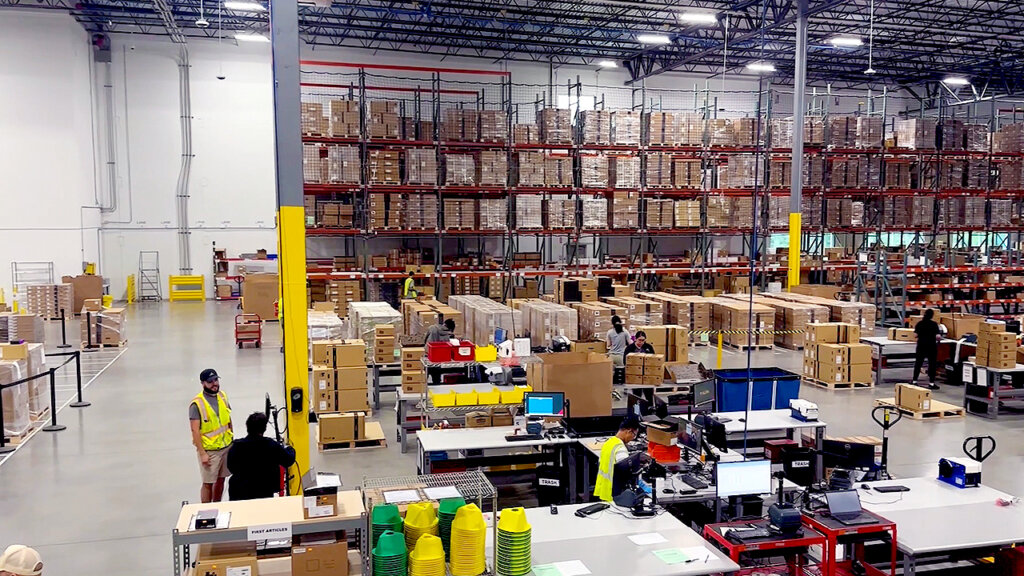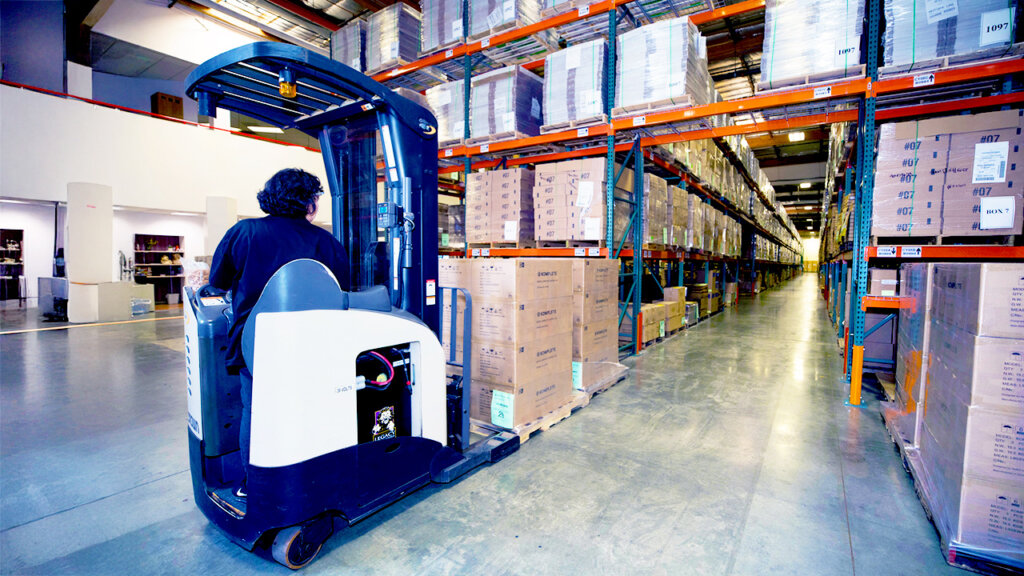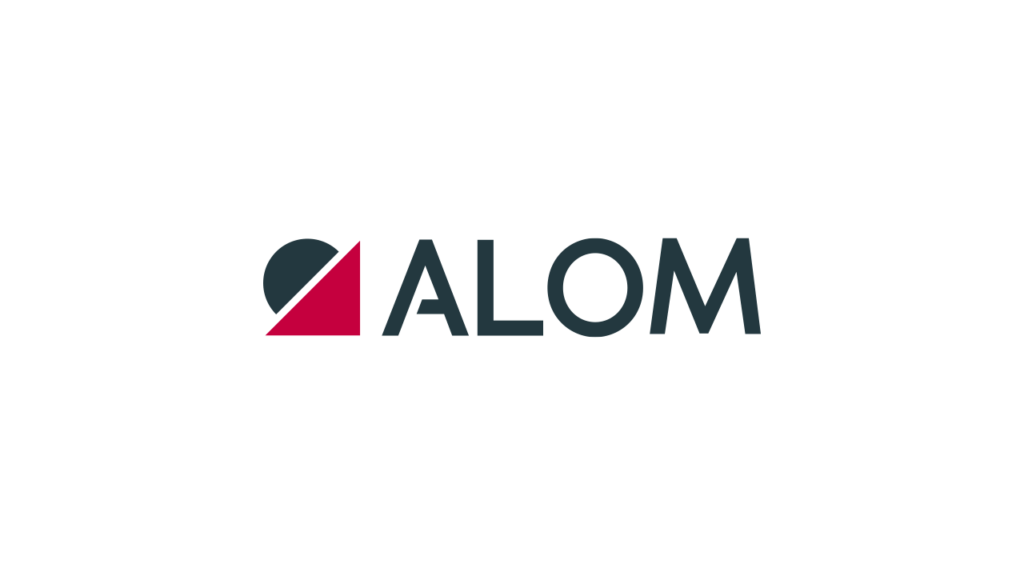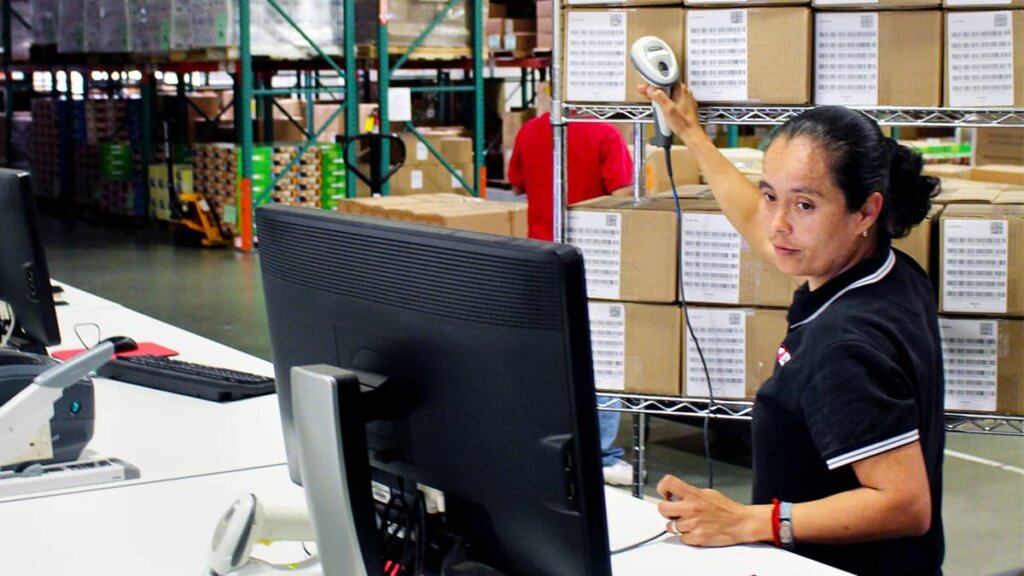In today’s fast-evolving logistics industry, the storage of products containing lithium-ion batteries poses significant fire and safety risks that many businesses may not be aware of. As technology advances and the number of products containing more powerful rechargeable batteries increases, so do the hazards associated with these batteries, making it crucial for companies to reassess their current third-party logistics (3PL) providers safety measures. Ensuring that your 3PL provider follows the highest safety standards is imperative to protect your products from potential lithium-ion battery fires. Do you know what is in the warehouse where your products are being stored? Could your products be at risk even if they don’t include batteries?
The Fire Marshal’s Point of View

Todd LaBerge P.E., Fire Marshal, Fire Protection Engineer
Recently, we had the opportunity to speak with Todd LaBerge, a former fire marshal for the University of California consulting as a fire protection engineer with extensive experience in battery storage safety. Todd shared his insights on the increasing risks associated with lithium-ion batteries and the measures top-tier 3PL providers are implementing to mitigate these dangers. Note that, in the last few months, Todd has been helping ALOM’s team define the most advanced fire protection plan for their new Sacramento facility opening in August 2024.
Risks of Inadequate 3PL Solutions
Todd explained, “Battery storage safety in today’s logistics industry is evolving. Every new battery technology presents a new hazard, a new challenge. We’re learning that some warehouses are experiencing fires they’ve never had before. And specifically with today’s batteries, they present a new challenge to fighting that fire and to suppressing it. As a 3PL provider, these batteries present a new challenge to not only what you are storing, but also the neighboring products being stored.”
Many 3PL providers may not be fully equipped to handle the unique challenges posed by these batteries. Traditional products stored in warehouses do not present the same risks as those containing lithium-ion batteries, which can cause severe fires if not properly managed. Todd mentioned a 2023 fire event out of Phoenix “where a large-scale lithium-ion battery caught on fire and smoked up the entire warehouse, and the company had to spend over $1 million in remediation from smoke damage.
Imagine a warehouse full of products that had not been touched by fire but been fully destroyed because of the smoke from a battery fire. Additional steps that weren’t taken in this warehouse can be taken to protect all items involved in a battery fire.”
A Complex Landscape
- High Frequency Code Updates: Regulations, fire codes, and building codes can impact anyone who wants to store batteries because they change every three years. That means you have to keep up with the latest on a very frequent basis.
- Location dependent: You also want to pay attention to where your facility is located. You might be in an area that adopts a legacy code, maybe as old as 2012, when we are currently in the 2024 editions of fire codes and building codes. What it means is that your 3PL provider might not even have the appropriate information to adequately protect their battery storage.
- Inspections… or lack thereof: The authorities are facing additional challenges as warehouses are not necessarily required to be inspected by your local fire department. Todd adds: “Typically, your warehouse has a high-powered storage permit, which is an annual administrative permit. And that’s usually what gets your fire code official to come out and do an annual inspection of the facility. But many jurisdictions don’t inspect their warehouses on a regular basis. They’re not required to.”
It is therefore critical for anyone storing products via a 3PL supplier to ensure that their facility adheres to the most up-to-date and most stringent fire code and building code information for proper protection.
Choosing the Right 3PL Provider
When selecting a 3PL provider, it’s essential to consider their safety protocols for battery storage.
Key Safety Measures for Top-Level Battery Storage Protection
Todd highlighted several key measures that top providers, like ALOM, are implementing. For instance, in the new ALOM Sacramento facility, a host of measures have been implemented, taking into account lessons learned from fire incidents in other warehouses. We looked at insurance industry requirements and recommendations as well as the most up-to-date fire codes and building codes.
- Proper Permits and Regular Inspections:
- Obtaining Proper Permits: Ensuring that the storage facility has the appropriate permits is the first step toward compliance with safety regulations. This involves working with local authorities to secure the necessary permissions for storing lithium-ion batteries.
- Regular Fire Inspections: Regular inspections by the local fire department are crucial. These inspections confirm that the facility meets the latest fire safety codes and standards. ALOM has diligently secured permits and undergone thorough inspections to ensure its facilities are up to date with the most current safety requirements.
- Enhanced Fire Sprinkler Protection:
- Elevated Fire Sprinkler Systems: Implementing an advanced fire sprinkler system within racking where products containing lithium-ion batteries are stored is essential for effective fire suppression. These systems are designed based on insurance industry criteria to offer the highest level of protection.
- Increased Fire Sprinkler Coverage: ALOM has increased the level of fire sprinkler protection within their racks, ensuring that any battery product involved in a fire is adequately protected. This measure significantly reduces the risk of fire spreading and causing extensive damage.
- Advanced Smoke Detection Systems:
- Air Sampling Smoke Detection: Utilizing the latest in smoke detection technology, such as air sampling systems, provides rapid detection of any potential fire incidents. These systems are highly sensitive and can detect smoke particles at an early stage, allowing for swift response.
- Thermal Imaging Scans: Regular thermal imaging scans of storage pallets help in identifying any signs of overheating or potential thermal runaway events before they escalate. Physically removing batteries that are showing signs of overheating from the warehouse to a safe outdoor area is the most effective way to avoid a thermal runaway fire incident. ALOM has integrated these advanced detection systems, enabling rapid fire department and employee responses to emerging threats.
- Dedicated Battery Storage Room:
- Specific Battery Storage Area: Designing a dedicated battery storage area within the larger warehouse ensures that batteries are stored safely and separately from other products. This room should be equipped with fire barriers that can withstand hours of fire exposure.
- Fire-Resistive Construction: Todd explains that “ALOM has designed a separated battery storage area within their larger warehouse, surrounded by two-hour rated fire barriers to protect other products. This level of protection in safety measures sets a higher standard that all 3PL providers should strive to meet.”
- Logistical Efficiency: By integrating the battery storage area within the same facility as other products, ALOM eliminates the need for separate storage locations. This consolidation simplifies logistics, reduces transportation costs, and enhances operational efficiency, allowing customers to store all their products in one place without compromising safety.
- Charge Level Monitoring:
- OEM Collaboration and Testing: Transporting and storing rechargeable lithium-ion batteries at the proper OEM specified charge level to reduce risk of overheating is of critical importance. ALOM works with manufacturers to know and ensure battery products are being manufactured, shipped, and stored at the correct charge level to reduce fire risk and ensure battery performance.
By implementing these comprehensive safety measures, ALOM sets a gold standard in the logistics industry. According to Todd, “ALOM’s forward-thinking approach not only protects your products but also ensures the safety of employees and the integrity of the storage facilities. Companies looking to store products, particularly those containing lithium-ion batteries, should consider partnering with providers like ALOM who prioritize advanced fire safety and protection standards.”
What Should You Ask Your Current 3PL Provider?
As you now understand, battery storage safety is not only a concern for companies whose products contain batteries but for any company working with a supply chain service provider.
Here is what to ask to ensure your piece of mind:
Battery Storage Safety:
- What measures are you taking to ensure battery storage safety?
- Do you store lithium-ion batteries in this warehouse?
- How are you protecting my products and other stored items from the risks posed by lithium-ion batteries?
- If I provide you with products containing batteries to store, what fire safety protocols do you have in place?
Insurance and Compliance:
- Can you show evidence that your insurance company is satisfied with your battery storage practices?
- Has the local authority having jurisdiction (e.g., local fire department) approved your facility for storing batteries?
- Have you gone through inspections, audits, or any other external fire and insurance assessments?
- What codes apply to your facility and how old are they?
- Is your warehouse compliant with the latest fire safety codes and regulations?
Evaluating Fire Safety and Red Flags:
- What are the documented fire incidents, if any, in your facility?
- What actions have been taken to address past fire incidents?
- What steps have you taken to protect against and mitigate fires?
- Do you know if your facility stores products containing lithium-ion batteries?
Conclusion
The risks associated with lithium-ion battery storage are real and growing. Businesses must ensure that their 3PL providers are not only aware of these risks but are also taking proactive steps to mitigate them. By choosing a provider that invests and adheres to implementing the most up-to-date fire codes and safety standards, companies can protect their products and avoid costly and dangerous incidents. Evaluate your current 3PL provider today and consider making a change to safeguard your business.
If you’re concerned about the safety of your products while in storage, now is the time to act. Reach out to our team for a consultation and learn how we can ensure the highest safety standards for your warehousing needs.
- Posted in: 3PL, Battery Storage, Supply Chain

